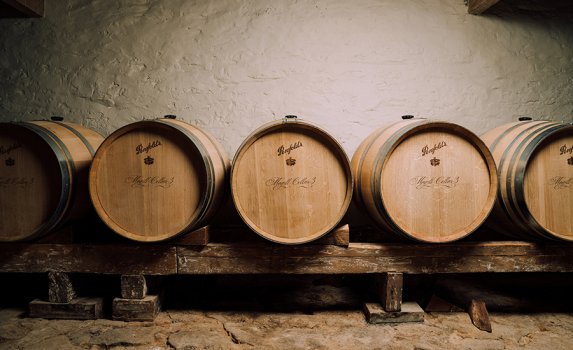During the past couple of years, blockchain technology has become easier to implement for even small- and medium-size participants, thanks to large suppliers like IBM providing specific application-based blockchain technology (IBM Food Trust) and Amazon Web Services providing backbone networking architectures. In addition, smaller blockchain providers now have dedicated applications that can trace food not only to the farm and field in which it originated, but the very seed as well, while also providing complete supply chain visibility for all participants, including consumers.
You might consider blockchain’s “early days” to be about five years ago—when Walmart and IBM were first researching the viability of using blockchain in the food industry. Back then, large programming efforts were typically necessary to create a functional blockchain. Today, blockchain applications are becoming almost as easy to use as email.
In this article, we look at blockchain development and survey its practicality for processors—even small and medium-sized food and beverage companies.
Blockchain highs and lows
You’ve no doubt heard that blockchain functionality can be used to secure supply chain operations and provide an immutable record of all activities from farm to fork, making the technology so highly practical for track and trace that FDA has been looking into its application for food safety. In addition, blockchain technologies can discourage theft and product tampering, as well as manage the tracking of lower-cost perishable food and high-end products like rare specialty wines.
Continue reading: https://www.foodengineeringmag.com/articles/99942-blockchain-technology-is-it-ready-for-prime-time
You might consider blockchain’s “early days” to be about five years ago—when Walmart and IBM were first researching the viability of using blockchain in the food industry. Back then, large programming efforts were typically necessary to create a functional blockchain. Today, blockchain applications are becoming almost as easy to use as email.
In this article, we look at blockchain development and survey its practicality for processors—even small and medium-sized food and beverage companies.
Blockchain highs and lows
You’ve no doubt heard that blockchain functionality can be used to secure supply chain operations and provide an immutable record of all activities from farm to fork, making the technology so highly practical for track and trace that FDA has been looking into its application for food safety. In addition, blockchain technologies can discourage theft and product tampering, as well as manage the tracking of lower-cost perishable food and high-end products like rare specialty wines.
Continue reading: https://www.foodengineeringmag.com/articles/99942-blockchain-technology-is-it-ready-for-prime-time

